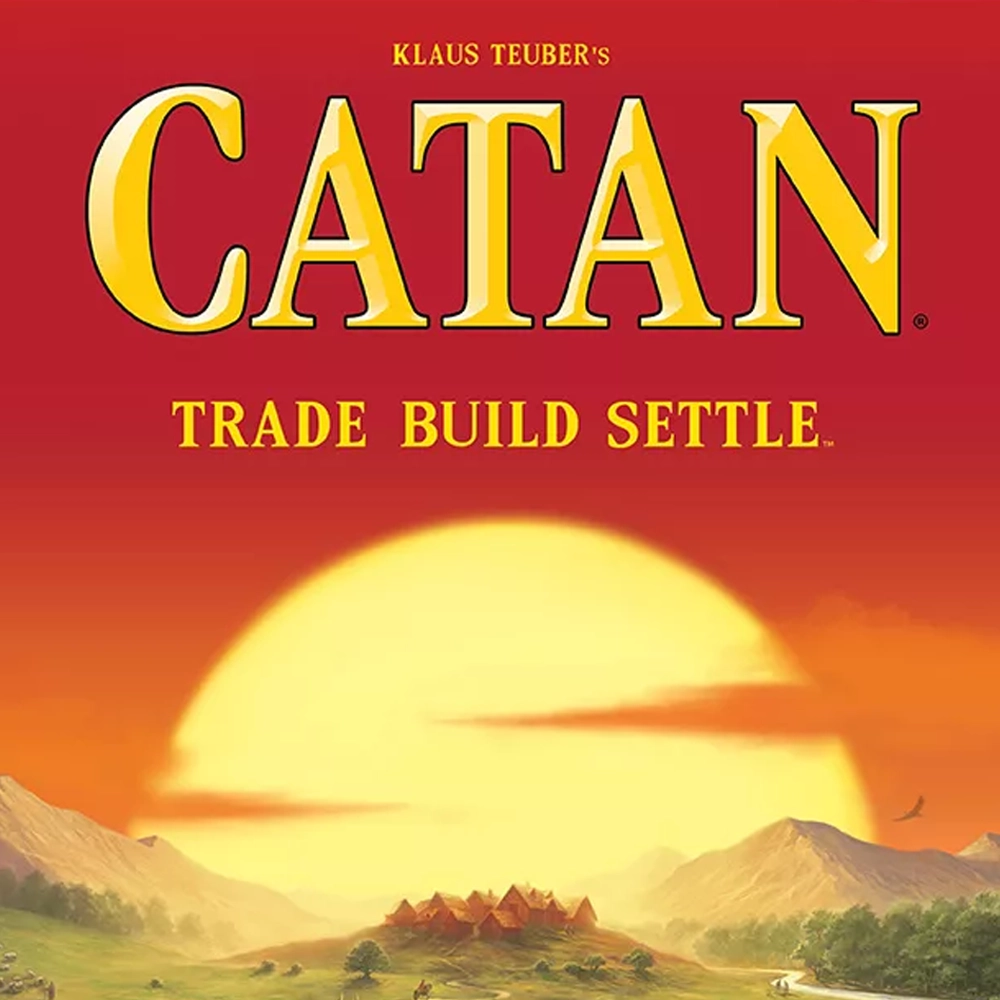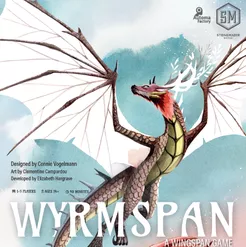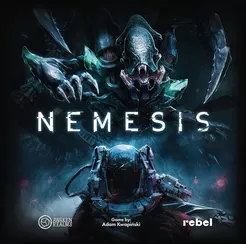Board Games
We Recommend
Discover the best board games for every type of player and occasion. Whether you’re planning a family game night, hosting a party, or diving into a strategic challenge, our curated recommendations cover a wide variety of themes, mechanics, and skill levels. From fast-paced card games to immersive strategy epics, these top board game picks are fun, replayable, and perfect for building your game collection.

The Settlers of Catan
The gateway game that started it all—build settlements, trade sheep, and race your friends to 10 points in a game that’s easy to teach and still full of drama. It may not be the newest thing on the shelf, but there’s a reason it’s been sparking game night laughter and friendly rivalries for over 25 years. Make sure to play the Cities and Knights expansion.




Ghost Stories
A famously tough co-op where monks defend a haunted village from an endless wave of ghosts—and most games end in a wild, glorious defeat. It’s a serious challenge (expect to lose a bunch before that epic first win), but it’s incredibly rewarding. Hard to find these days, but Last Bastion brings the same intense fun with a fantasy twist, streamlined rules, and more characters to try.


